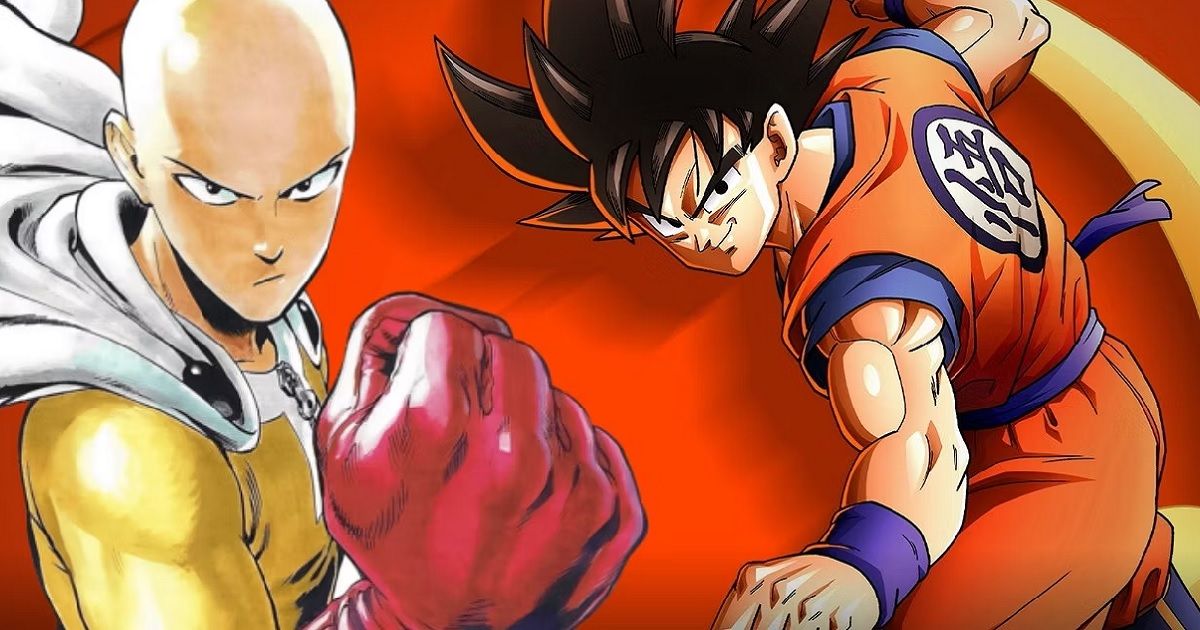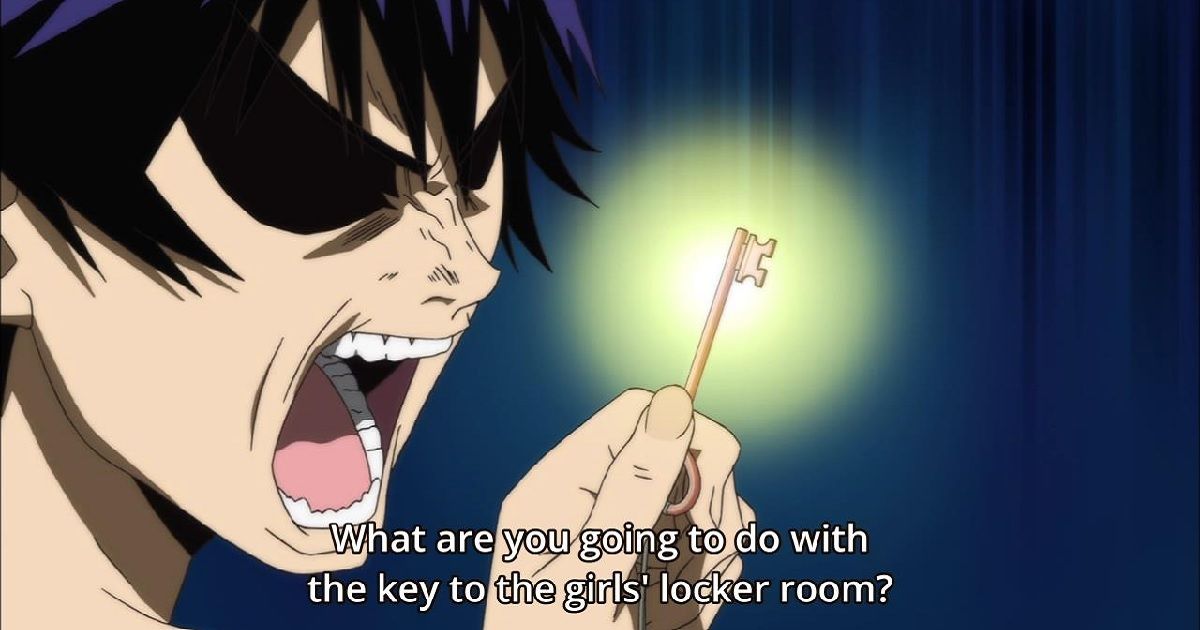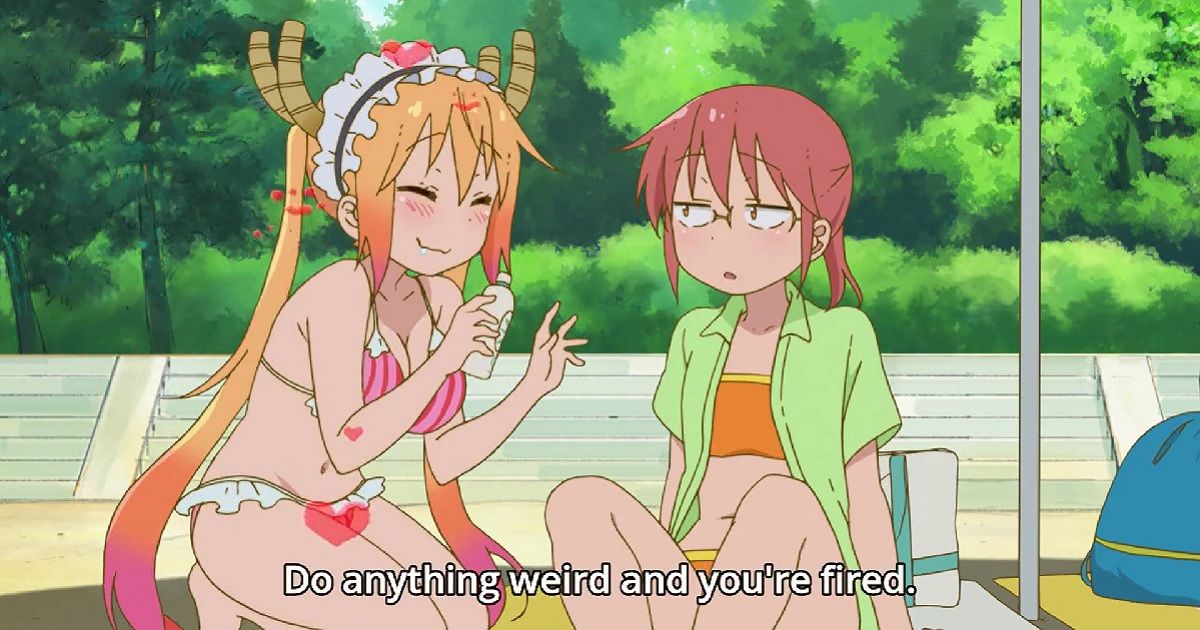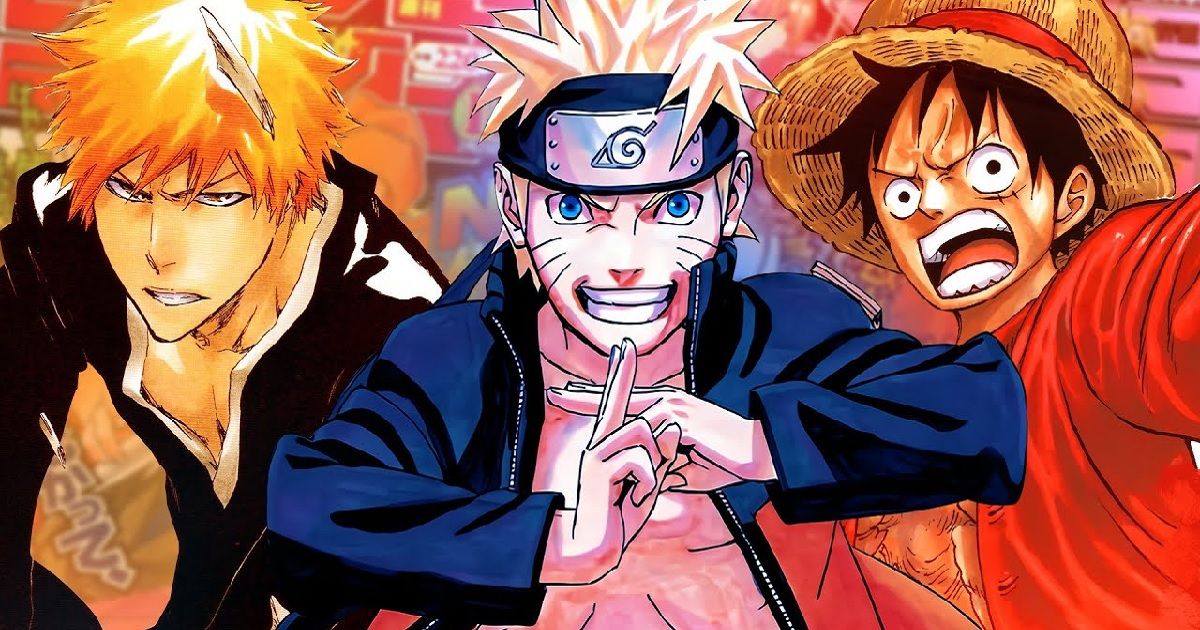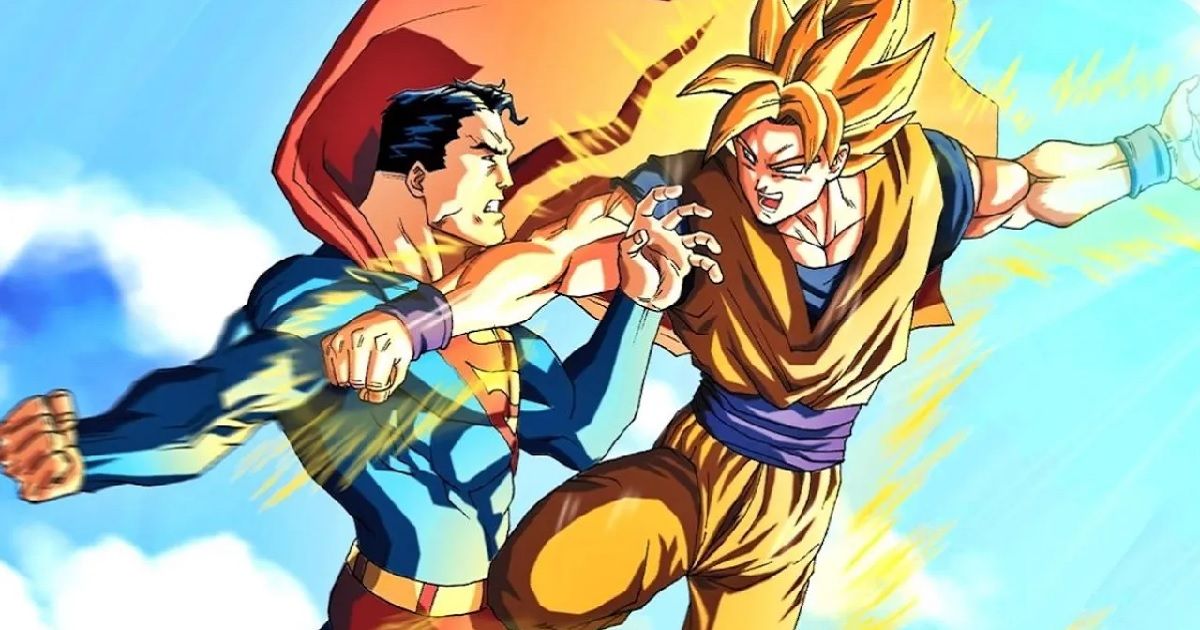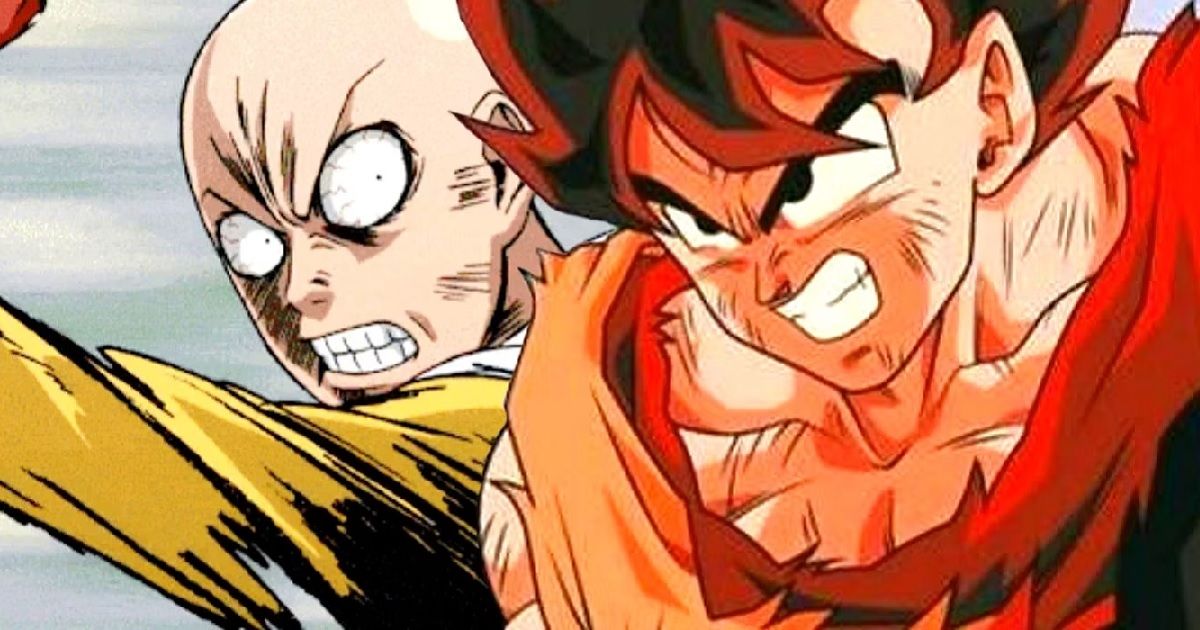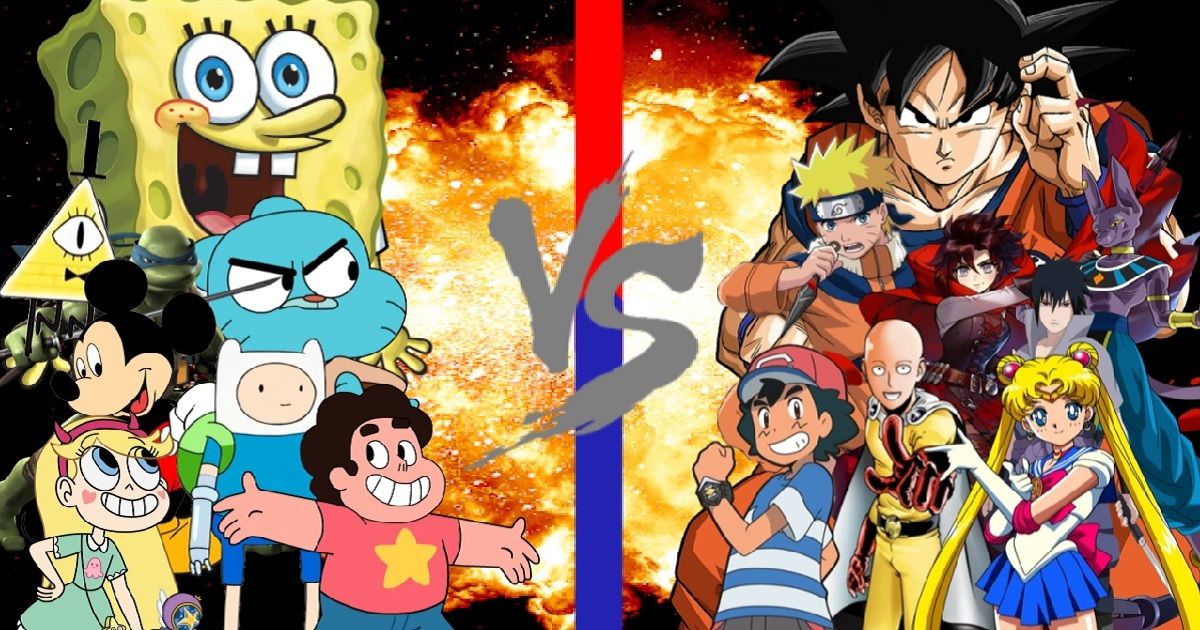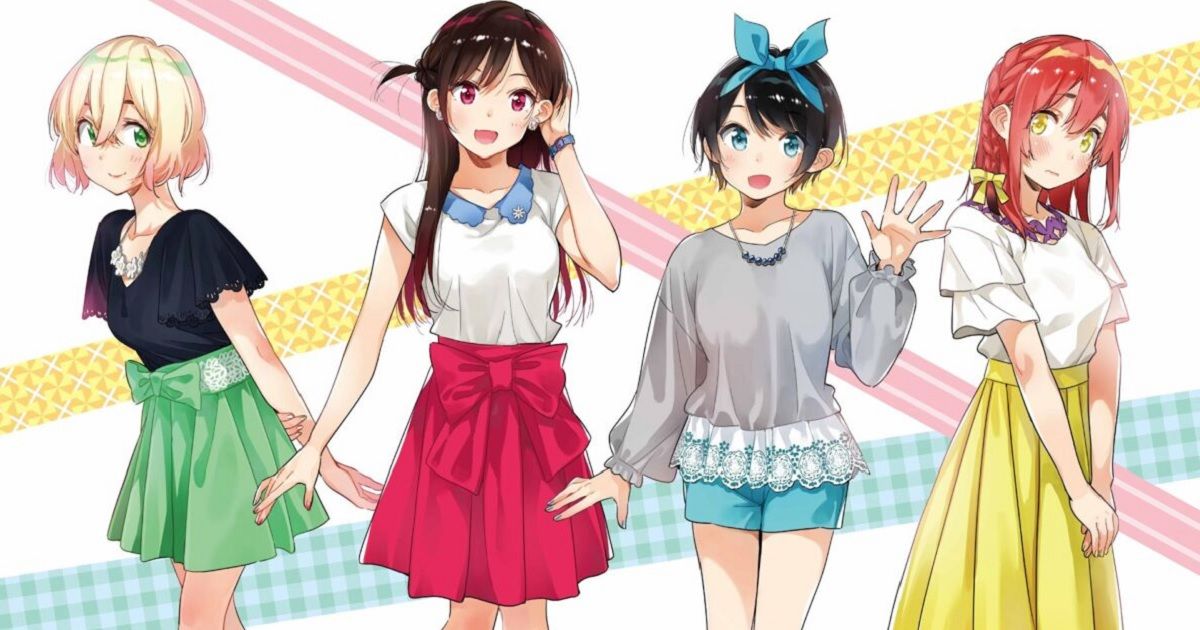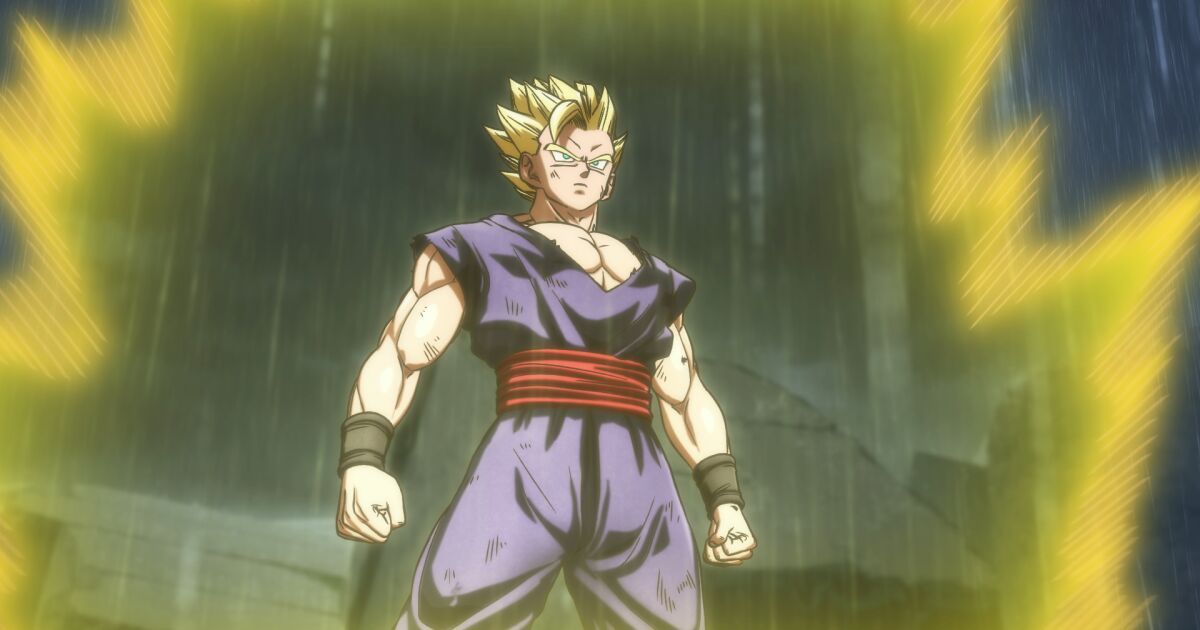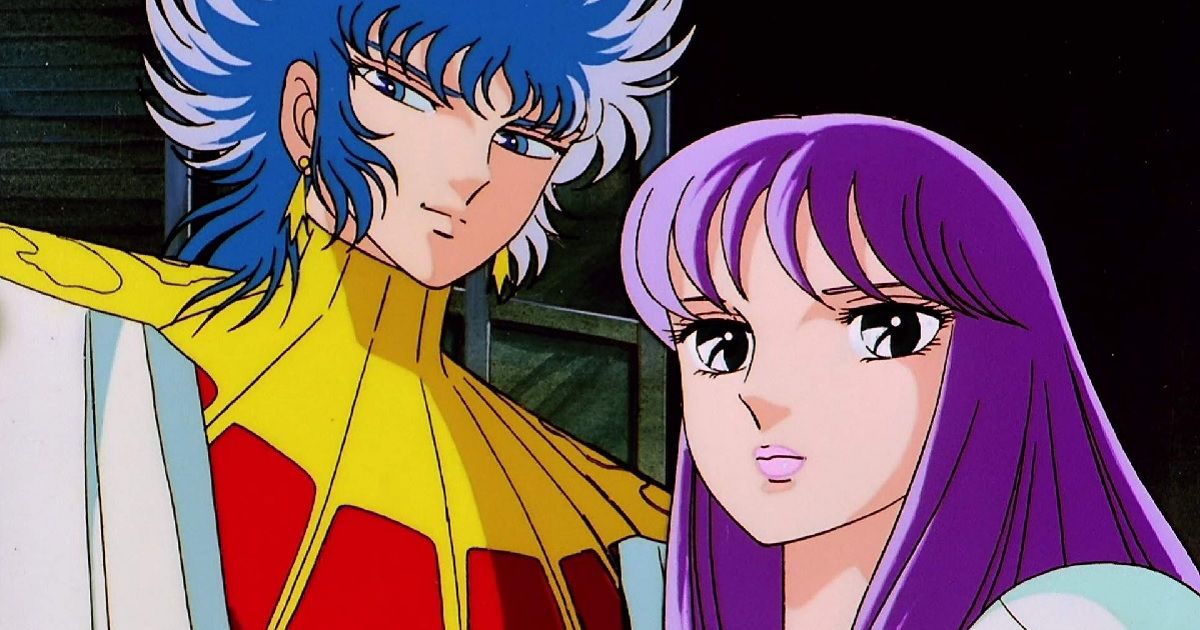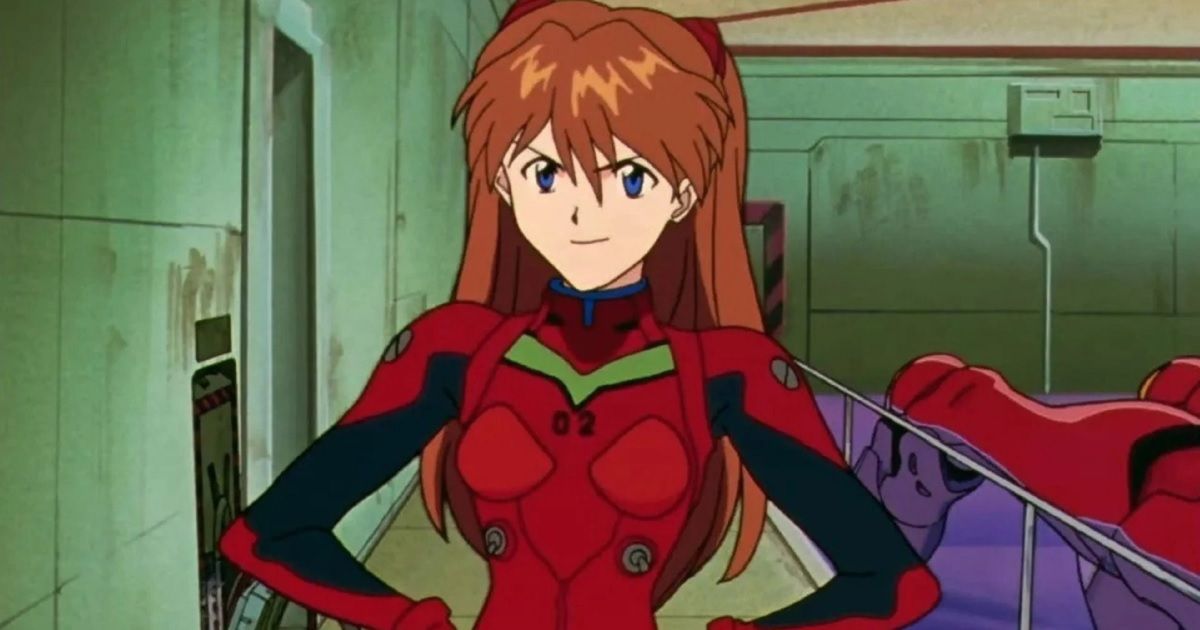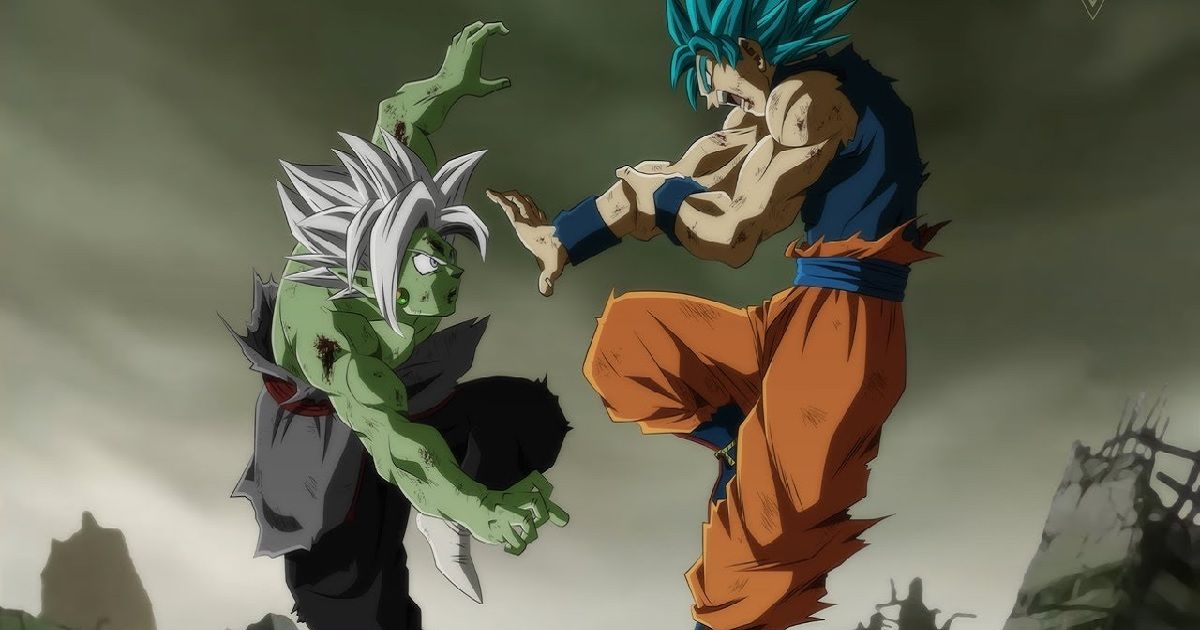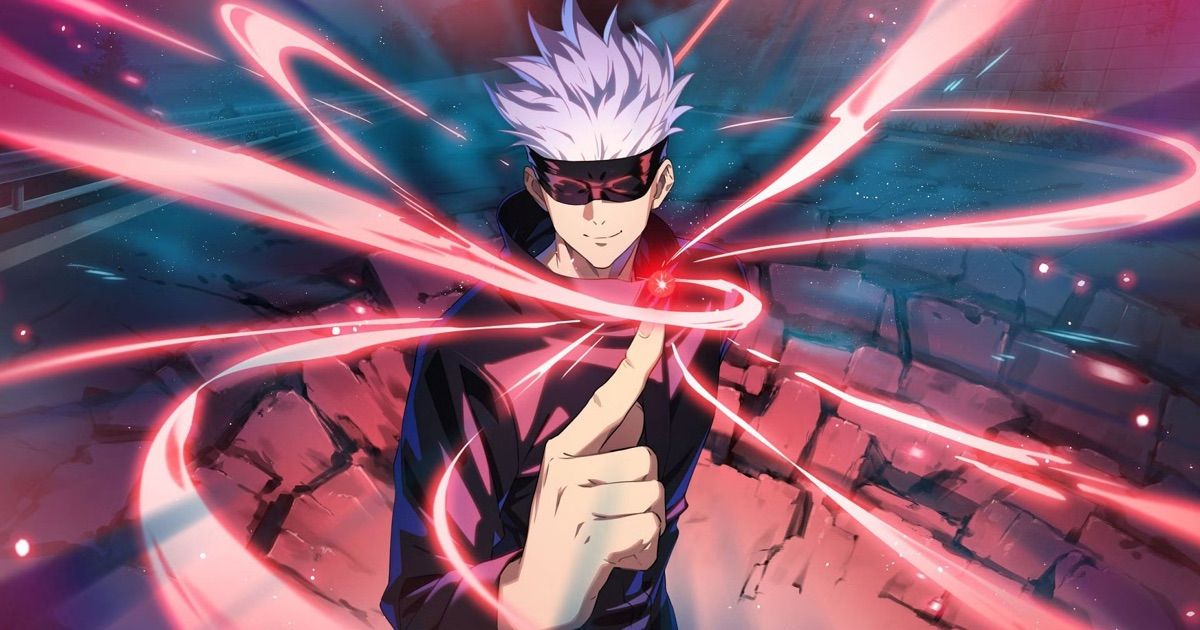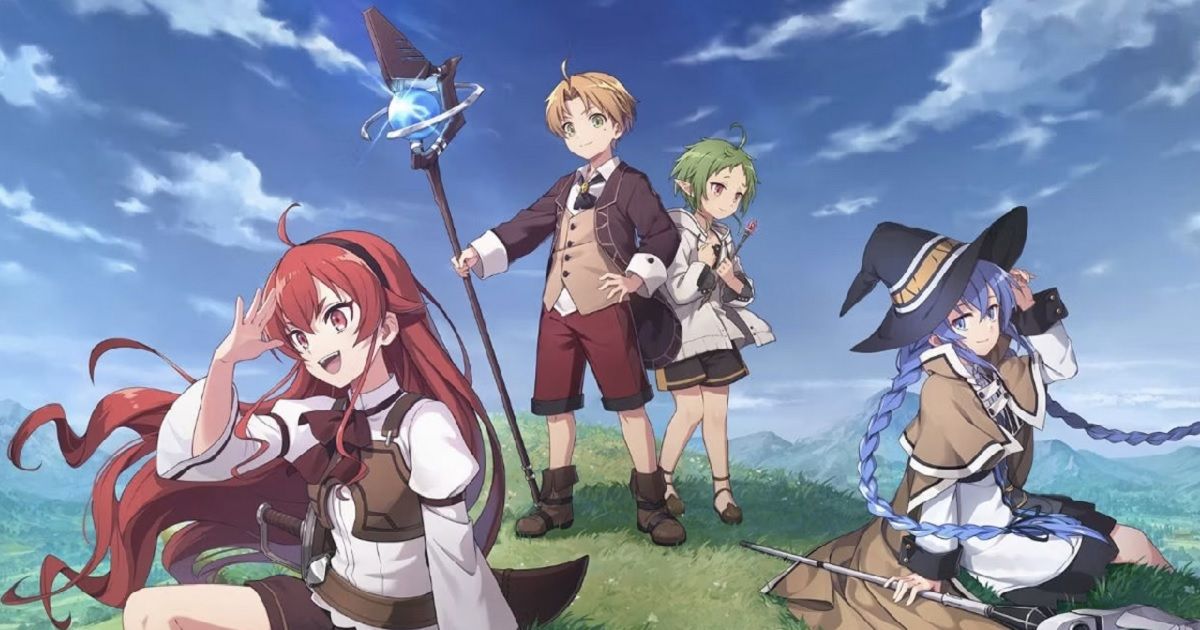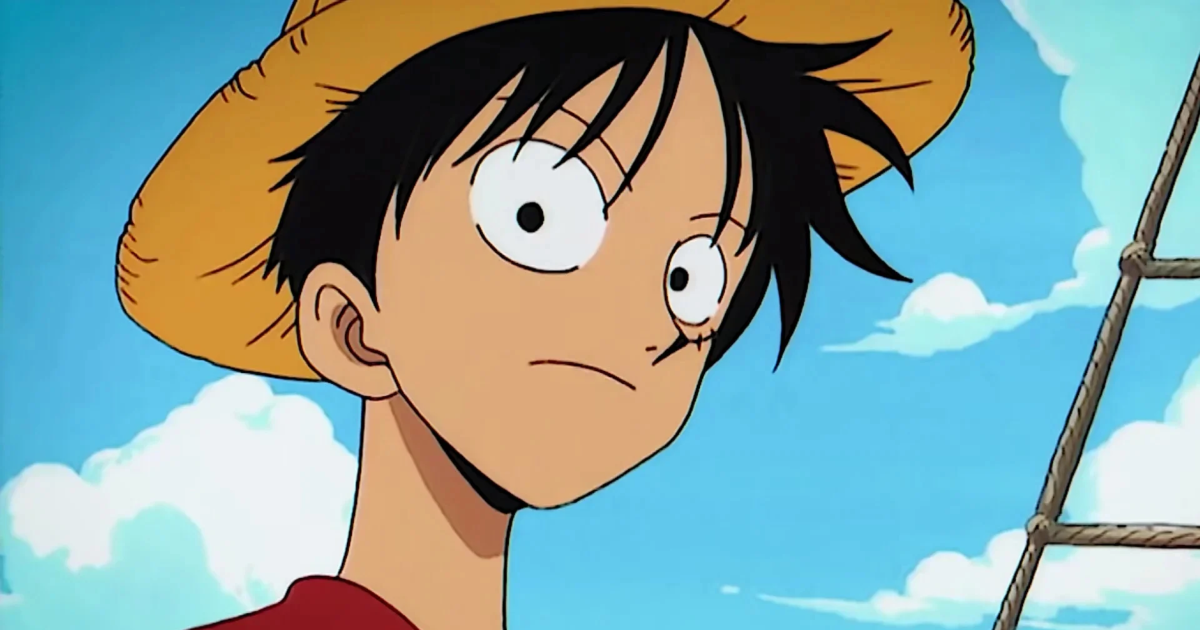Anime unites many people worldwide, yet it also contains some of the most divisive echo chambers of any fandom. It’s not surprising, as fans are very passionate about these stories. Authors usually concentrate on telling their own stories for the joy of their audiences. Still, fans get the luxury of mixing scenarios, universes, and the skills of the characters they love to create endless sources of debate.
Over the years, some of the most divisive opinions have made their mark in the cultural zeitgeist, earning their place in pop culture as ongoing discussions that never seem to end. Anime fans wouldn’t have it any other way; otherwise, what’s the point of enjoying these stories? These debates’ origins range from aesthetic choices to imaginary rivalries that will never be solved in real life. These are some of the biggest fan debates about Anime that still rage to this day.
15 Piracy: Justified or Not?
In the early days of the internet, Anime started to reach a worldwide audience in many ways that were less than legal. Before the big Google buyout, many people followed their favorite shows on YouTube, where rampant piracy was unchecked. Many encoder teams were in place to localize new anime episodes as they went live. It was a road to maturity and a learning process for networks that tried to fight these efforts to no avail.
These days things are different. It took nearly 20 years, but many of the piracy networks of yore have gone legit. Crunchyroll, the beloved streaming platform, was a member of the high seas until they partnered with most anime studios to distribute their works legally. Funimation has also evolved, becoming Anime’s second most popular streaming service. All these legal platforms offer same-day release with subs in nearly all regions on Earth, making piracy a thing of the past.
14 Dubs vs. Subs
One of the fiercest debates in the Western world poses the never-ending trend of imposing subs over dubs and vice versa. Both sides have their reasons in place of their preferences. Sub-people state they like Anime much better with the original voices, as the original dub conveys all the emotions intended for the story; plus, reading subs doesn’t take away from the experience, making it more enjoyable, especially regarding certain cultural elements of Japanese society.
Dub people, on the other hand, stand on their hill, pointing out how multiple dubs have accomplished making specific stories way better. Just as sub people, dub fans feel more immersed in the story, especially when certain shows have great dub work. Fans can convey the story’s nuances, especially since they cannot tell when a Japanese dub feels off for some characters.
13 Localized Scripts: Justified or Not?
This debate has ruffled quite a few feathers online recently, as both Crunchyroll and Funimation have been caught by fans changing the intent of the dialog in certain characters to reflect Western culture. Somehow, these networks have deemed it acceptable to slide identity politics or Western social commentary in both subs and dubs, sparking outrage among many fans, especially from purists who are well aware of authors’ intentions when portraying specific scenarios.
It’s important to understand that Anime is a Japanese product for Japanese audiences. Most Japanese authors and studios will gladly embrace Western society as part of their fandoms, but they are not bound to change their works to appease Western sensibilities. Japan has a longstanding fan base in Europe and Latin America, and these regions were consuming Anime as intended before it became mainstream in Canada and the USA.
12 Ranking the Big Three
Now this is a debate for the ages among Shonen Fans. The big three is the top ranking for the three most popular stories published in Shonen Jump. Back in the 90s, when Anime started to become a thing in the USA, Dragon Ball was the show that started the conversation. As fans learned more about Manga publishers, it was quickly established that the big three were the longest-running Shonen stories of the early 2000s: Naruto, Bleach, and One Piece.
Twenty-three years later, Naruto stories are done but continue in the spinoff Boruto. One Piece is entering the last arc of the Manga, and Bleach has been finished for quite some time now. Newcomers to the hobby are looking to establish the new big three, with many contenders such as My Hero Academia, Attack on Titan, Demon Slayer, and Jujutsu Kaisen making the cut fandom-wise but never quite achieving the same status as these works.
11 Goku vs. Superman
This debate has been an unending source of discussion among many fans, especially since both characters have similar traits (both were sent from a dying planet to live on Earth, and they become the planet’s protector due to their unique skills). Even amateur animation studios have dared to illustrate the conflict to appease fans. To this date, neither Shueisha nor DC has commented on the debate.
While it’s not our intention to take sides in this fierce debate, it’s always important to look at the feats of both characters to understand why the fandom can get so passionate about it. Goku derives from a race with the power to destroy planets at will, but he can only do so with training. Superman’s unique biology makes him a living solar battery, and his nearly endless arsenal of powers are part of him, unlike Goku’s Chi which has a limited set cap.
10 Saitama vs. Everyone
This debate is probably the most pointless ever, yet everyone in every social network seems to want to pit Saitama against every Shonen character out there. People spend hours arguing about the merits of a fight between Saitama and the likes of Goku, All Might, Gojo Satoru, Anos Voldigoad, Rimuru Tempest, Shigeo Kageyama, and many more. So we’ll take a stand on this one and make our case with our take.
The thing with Saitama is that he’s a gimmick character. He’s supposed to be the embodiment of a Gary Stu on purpose. Although the Manga has further explored this idea, the Anime has made it clear in the two seasons that have aired, particularly in the second one. In the Monster Association Arc, every hero is beaten to a bloody pulp until Saitama enters the conflict and beats every monster he faces with a single punch.
9 Anime vs. Cartoon
This pointless debate still rages on across social media, online forums, and every other corner where Anime is discussed. Fans tend to label Japanese animation as “Anime,” and they won’t take any substitutes for the word, while Cartoon is a term reserved for American-produced animation. Then there’s the other side who considers Anime “cartoons” as well since they follow the same narrative principle: telling a story using animation as the medium of choice.
While it may be impossible to quell both sides of the discussion with a compromise, we can do our best to point out the obvious: The kanji for Anime in Japanese (アニメ) is an abbreviation of the word “Animation” (アニメーション) which is a synonym for “Cartoon” or animated features. In short: both terms mean the same, and people keep arguing online over a simple cultural difference.
8 Waifu Wars
Anime fans have been fighting over Waifu supremacy since the dawn of the internet. Some people take this concept way too seriously and go on to express their love for these fictional characters in the form of physical figurines, body pillows, action figures, and other shows of appreciation. Hundreds of Discord servers are dedicated to discussing the virtues of one’s Waifu over another character.
Most of these appreciation shows are harmless and fun to watch, but more than often, some behaviors are somewhat concerning. Some fans will take the extra step and do some crazy stuff, like Hatsune Miku super fan Akihiko Kondo, who married the character and had software developer Gatebox AI issue a marriage certificate, which they did for the hell of it.
7 Fan Service: Good or Bad?
To be clear on this point: the only part of fandom that seems to have any issues with fan service are Western countries such as the USA and Canada. Fan service in Anime is served on two plates. One is the fulfillment of fans’ desire for a character regarding a specific plot point like two characters being shipped hard by the fandom or a particular character fulfilling a goal everyone desires them to reach.
The other side of fan service, and the one that is often frowned upon by Western audiences, is the overly sexualized portrayal of women in many shows. (Male characters often get the same treatment, but no one seems to have an issue with it). When a character is seen wearing a raunchy outfit or animated with particular anatomy physics, people tend to lose their minds over it. Is this good or bad? Japanese studios don’t care; they keep doing it for their primary audience.
6 Old Animation vs. New Animation
There’s no denying that many old anime shows are more charming and better animated than modern shows. This has a lot to do with the ability of studios to pump out content frequently and keep costs effective. It also has a lot to do with the property’s long-term value. MAPPA and Ufotable are two of the most popular studios right now, and they make some great shows for popular IPs, such as Demon Slayer and Attack on Titan. These properties can be licensed to multiple networks to secure more income.
Popular shows get large budgets, hence why they look great. Other studios don’t have that luxury. Toei Animation has the rights to many popular IPs, but they are known for cutting a lot of corners and making a lot of filler to keep the shows running, as fans of One Piece and the original Sailor Moon show can confirm. Smaller studios have to make do with what they are given, which usually results in a cohesive show, spending most of their resources on action sequences.
5 Yandere vs. Tsundere
This is closely related to the Waifu wars, but it deserves its own entry, given the split of the fandom over these two personality types for feminine characters. The Tsundere is often presented as a hostile, pretty bossy character, especially to the main character. As the show advances, the Tsundere reveals a sweet side to her hostility and gets flustered when called out. Some of the finest examples of this trope are Erina Nakiri from Food Wars, Rin Tohsaka from Fate/Stay Night, and Asuka Langley from Neon Genesis Evangelion.
Yanderes are a more extreme example of feminine tropes in Anime. These characters mostly range from psychopaths who would kill for the love or appreciation of the main character. This borderline obsession has made a splash in the real world, with the famous case of Yuka Takaoka going viral. In Anime, some of the most popular yanderes are Kotonoha Katsura from School Days, Yuno Gasai from Future Diary, and Esdeath from Akame ga Kill!
4 Manga Canon vs. Anime Canon
This part of fan debate is destined never to go away. Regarding Anime, most casual fans merely enjoy the show as presented. Many don’t know there is actual source material dictating the events of the story they get. Or course, this leads to conflict as many hardcore fans are well-versed in the source material and the show. It’s a known fact most Manga readers are Anime enjoyers, while a good portion of Anime enthusiasts can’t bother with Manga or light novels at all.
Now when it comes to canon, only one source dictates the events: the Manga. There’s no way around it. Anime is an adaptation of the works depicted in the Manga. Anime studios even go one step beyond these days by trying to emulate the art style of the original author of the works. That’s why My Hero Academia is in the same style as Horikoshi’s art. Studios can take some liberty in trying to adapt the story. Sometimes it works as it happened with Hitoshi Iwaaki’s Parasyte. Sometimes it flops like it happened with Tokyo Ghoul.
3 Ranking Power Systems
It’s nearly impossible to rank the best power system in Anime. There are too many variables dictating the parameters of each system. In Dragon Ball Z, Chi reigns supreme as the aura that powers most characters, which they can expand and regulate by training. In Saint Seiya, Cosmos is the preferred power system. Cosmo is similar to Chi, but it can be expanded to infinity and beyond by the willpower of the Saint. Jujutsu Kaisen characters are masters of the Cursed Energy. Hunter x Hunter characters cultivate the Nen.
The list can go on, but you get the point by now. Debating power sets among characters who don’t live in the same universe is pointless. The only time this would be worth the argument is in a video game setting similar to Jump Force, and it wouldn’t still make any sense, as the fights on these games are regulated by game mechanics and not the power set of these characters. You also have to factor in the player’s skill, as you’ll likely see Mydoria beating Goku in an online match, which wouldn’t be possible according to internet forums.
2 Isekai: Good or Bad?
Isekai is a genre that became very popular in the 2010s. The basic premise is to take a regular Joe from the real world and place them in a fantasy world. Sadly, Isekai gets a lot of hate it doesn’t deserve, yet Anime Studios have done everything to make it one of the most hated subgenres among some of the most vocal fans online. Rabid Anime fans will tell you every single Isekai sucks because it’s the same trope repeated over and over, yet Isekai anime keeps ranking among some of the most watched among casual fans.
Like it or not, Isekai is here to stay; as fans, we should try to fish the best out of the puddle of mud it has become. Re:Zero was the show that made the genre famous, and yes, Subaru Natsuki is still the most unlikeable main character in all of Anime, but you can still appreciate shows like Mushoku Tensei, which is the original Isekai where it all started. There are also great offerings, such as That Time I Got Reincarnated as a Slime, which have grand ongoing narratives centering around multiple characters, with a lot of world-building to make things interesting.
1 Main Character: Stoic or Emotional?
When it comes to characterizing the main characters in Anime, there are two moods of choice. The main lead is either stoic and arrogant or emotional and sensitive. Guts from Berserk is one of the best examples of a stoic lead in Anime. Midoriya from My Hero Academia is an example of an emotional character. He’s strong yet sensitive to his surroundings. Many old-school fans would rather take a stoic character over an emotional one, but both have value.
Think about Goku, for example. Even for regular standards, Goku acts like someone with the IQ of a potato, yet he’s very stoic when it comes to fighting, especially when it’s time to get serious. The same can be said for Vegeta, who is usually stoic but gets very emotional when his family is threatened. Luffy from One Piece and Natsu Dragneel from Fairy Tale are similar in this regard. These characters mix both traits well, as they are brash and loud in social situations, yet they know how to be quiet and get down to business when it comes to fighting.
This story originally appeared on Movieweb

